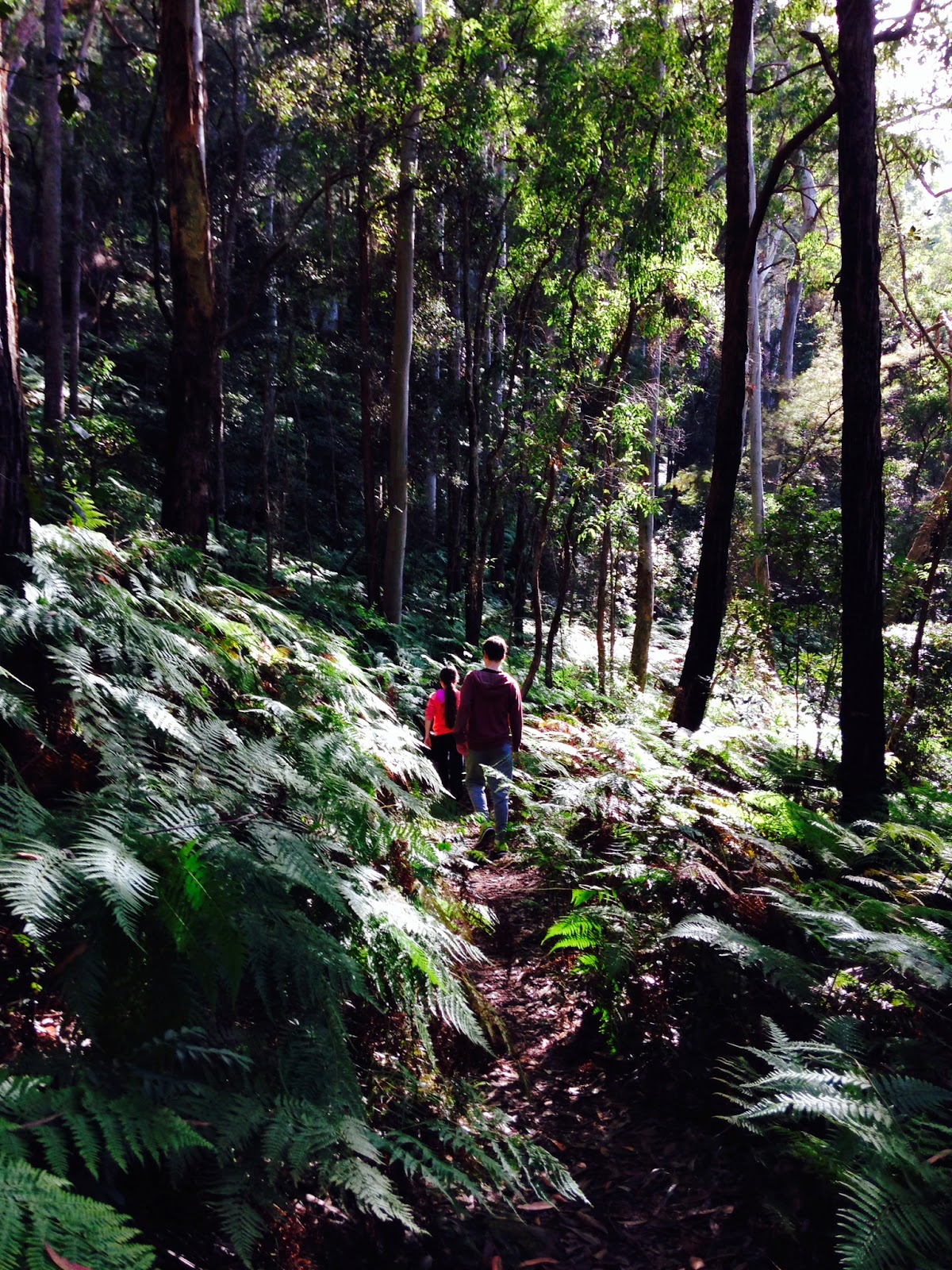We spent 9 weeks reading through this play, one of the
Bard's comedies from 1601.
We listened to this Naxos CD while reading the text which is online
here.
I read along following the
Oxford
School Shakespeare which has side notes, commentary, and ideas for writing and
other activities. I'd only use it with upper high school students as some of
the content has adult themes and interprets Shakespeare's veiled language more
explicitly.
The story begins at the palace of Orsino, Duke of
Illyria. He is dispirited and miserable at the treatment meted out to him by
the Countess Olivia who has rejected his love suit. Meanwhile, Viola and her
twin brother Sebastian are shipwrecked and separated from each other. Viola
arrives in Illyria, believing her brother to be drowned, and for her own safety
she disguises herself as a boy, calling herself Cesario, and enters Duke
Orsino's household as his servant.
Twelfth Night is a romantic comedy and includes mistaken
identity, a duel of sorts, trickery, drunken house guests, unrequited love and
a pompous steward who thinks the Countess is in love with him.
By the end of the play, three marriages are made, the
pompous steward has been dealt with and the twins are reunited.
One of the scenes we enjoyed most was when Malvolio the
steward reads a letter supposedly come from Olivia, but actually composed by
Maria her lady-in-waiting, which makes him believe she loves him. It is a hilarious picture of a man who is blinded by self-conceit and affectation. He takes to heart the words Maria composed below, is lured by her trickery, and exposed for the fool that he is.
'Some are born great, some achieve greatness, and some
have greatness thrust upon 'em.'
Our 9 Week Schedule
Week 1
Act 1
Scene 1 & Scene 2
Orsino: "If music be the food of love, play on, Give
me excess of it, that, surfeiting, The appetite may sicken and so die..."
Week 2
Act 1
Scene 3 & Scene 4
Sir Toby: "What a plague means my niece to take the
death of her brother thus?..."
Week 3
Act 1
Scene 5
Maria: "Nay, either tell me where thou hast been, or
I will not open my lips so wide as a bristle may enter..."
Week 4
Act II
Scene 1, 2 & 3
Antonio: "Will you stay no longer? Nor will you not
that I go with you?"
Week 5
Act II
Scene 4 & 5
Orsino: "Give me some music. Now good morrow,
friends."
Week 6
Act III
Scene 1, 2 & 3
Viola: "Save thee, friend, and thy music! Dost thou
live by the tabor?"
Week 7
Act III
Scene 4
Olivia: "I have sent after him, he says he'll come:
shall I feast him? What bestow of him? For youth is bought more oft than begg'd
or borrow'd."
Week 8
Act IV
Scene 1, 2 & 3
Feste: "Will you make me believe that I am not sent
for you?"
Sebastian: "Go to, go to, thou art a foolish fellow,
let me be clear of thee."
Week 9
Act V
Scene 1
Fabian: "Now as thou lov'st me, let me see his
letter."
Feste: "Good master Fabian, grant me another
request."
Fabian: "Anything."
Feste: "Do not desire to see this letter."
Fabian: "This is to give a dog, and in recompense
desire my dog again."
A great while ago the world begun,
With hey, ho, the wind and the rain,
But that's all one, our play is done,
And we'll strive to please you every day.
End of play
I picked up the book above, Shakespeare in a Nutshell: A Rhyming Guide to All the
Plays by James Muirden at a Lifeline sale the other month.
The author says in the introduction that school turned him right off
Shakespeare and it wasn't until 20 years later that he met him again and began to appreciate his work. He wrote
this book as 'a convenient and enjoyable introduction to Shakespeare's plays.'
Each of Shakespeare's thirty-eight plays has been
distilled and captured in verse and they serve as a quick and quirky way to
brush up on a play or get an overall picture of the story line.
When Viola, to her surprise,
Is safely cast ashore,
She finds a post (in male disguise)
At Count Orsino's court, and sighs
For his embrace; but he just eyes
Olivia, next door...
.JPG)



.JPG)
.JPG)






















